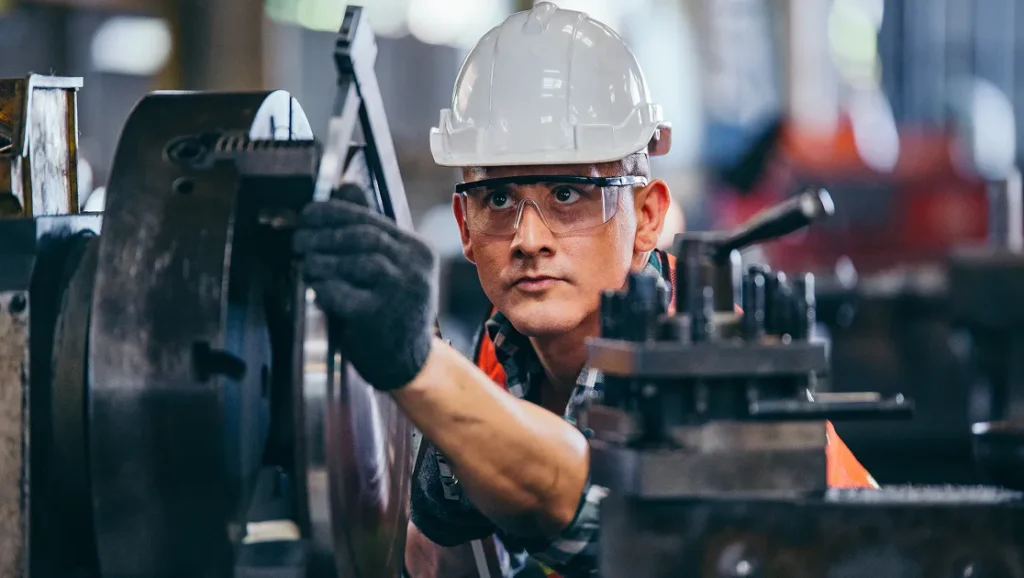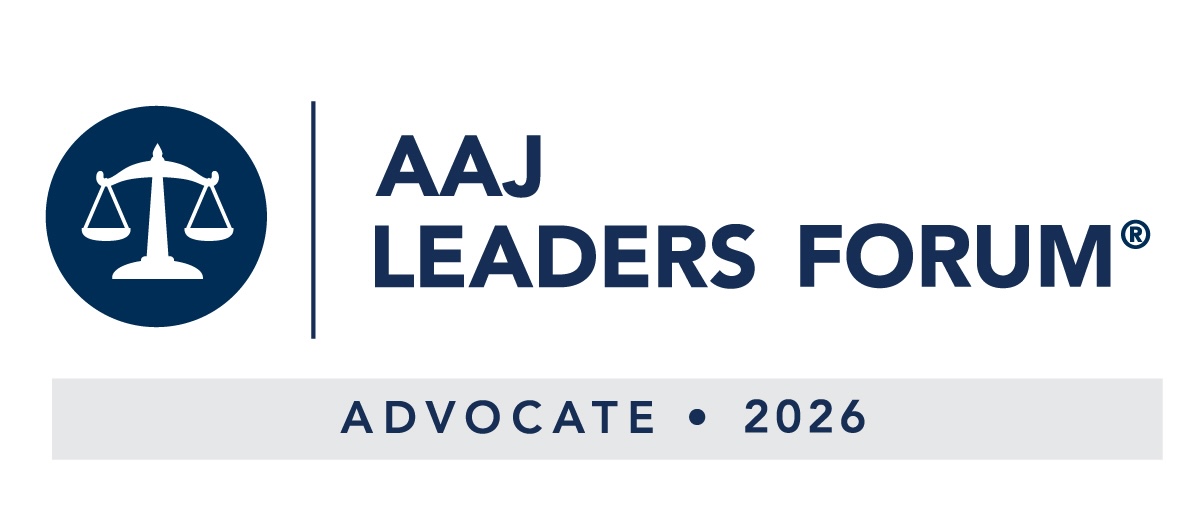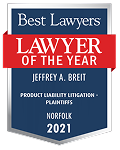Design defects in machinery can lead to severe accidents, causing catastrophic injuries or even fatalities. These defects arise during the design phase and compromise the safety and functionality of the equipment.
At Breit Biniazan, we understand the complexities involved in identifying and addressing these defects. Our team of experienced personal injury attorneys is dedicated to helping victims of defective machinery secure the compensation they deserve. We will guide you through the steps of the legal process, ensuring those responsible are held accountable.
Types of Design Defects
Design defects occur when an error in the design phase causes machinery to be inherently unsafe, even when manufactured correctly. These defects can be categorized into:
- Conceptual Flaws: These occur when the fundamental design is inherently unsafe, compromising the machinery’s functionality and safety.
- Inadequate Testing: These happen when the design is not adequately tested to ensure it meets safety standards, resulting in equipment that can malfunction under certain conditions.
- Insufficient Safety Features: These involve the lack of necessary safety features in the design, which could prevent accidents and injuries.
Identifying the type of defect is crucial for determining liability and ensuring proper compensation.
Common Causes of Design Defects
Several factors contribute to the occurrence of design defects in machinery:
- Inadequate Research and Development: Insufficient research and testing during the design phase can lead to flaws.
- Cost-Cutting Measures: Reducing costs by omitting critical design features can result in unsafe machinery.
- Human Error: Mistakes made by designers can lead to unsafe machinery designs.
- Lack of Expertise: Designers without adequate knowledge or experience may create flawed designs.
Addressing these causes is essential for preventing future defects and ensuring machinery safety.
Quality Control Processes in Design
Effective quality control processes are vital to producing defect-free machinery designs. These processes typically include:
- Design Reviews: Regular reviews of design plans to detect potential flaws.
- Prototype Testing: Creating and testing prototypes to identify and fix design issues before full-scale production.
- Compliance with Standards: Ensuring designs comply with industry safety standards and regulations.
- Feedback Mechanisms: Incorporating feedback from users and other stakeholders to improve design safety.
Identifying and Reporting Defects
Early identification and reporting of design defects are crucial to mitigating risks associated with defective machinery. Key steps include:
- Routine Design Reviews: Conducting regular reviews of design plans to identify any signs of defects.
- Documentation: Keeping detailed records of identified defects and actions taken to address them.
- Reporting Channels: Establishing clear channels for employees to report design defects and potential hazards.
- Third-Party Audits: Engaging independent auditors to assess the design process and identify overlooked defects.
Potential Risks and Hazards
Defective machinery poses significant risks and hazards, including:
- Injury or Death: Operators of defective machinery risk severe injuries or fatalities.
- Equipment Failure: Defective machinery is prone to malfunction, leading to operational disruptions and hazards.
- Legal Liability: Designers and manufacturers face substantial legal liabilities if their defective products cause harm.
- Financial Losses: Costs associated with recalling, redesigning, or replacing defective machinery can be substantial.
Recognizing these risks underscores the importance of addressing design defects effectively.
Legal Implications of Design Defects
Designers and manufacturers of defective machinery may face serious legal implications, including:
- Product Liability Lawsuits: Injured parties may file lawsuits against designers and manufacturers for producing defective machinery.
- Regulatory Fines: Regulatory bodies may impose fines on designers and manufacturers failing to adhere to safety standards.
- Compensation Claims: Victims of defective machinery accidents may seek compensation for medical expenses, lost wages, and pain and suffering.
- Reputational Damage: Legal battles and publicized defects can severely damage a designer’s reputation.
Legal counsel specializing in product liability can navigate these complexities and advocate for fair compensation. Our defective machinery lawyers at Breit BIniazan can provide expertise and knowledge when it comes to legal implications of design defects.
Preventive Measures and Best Practices
To prevent design defects, companies should implement the following best practices:
- Stringent Quality Control: Establish rigorous protocols to detect and address design defects early.
- Regular Maintenance: Schedule routine reviews and updates of design protocols.
- Employee Training: Invest in training programs to keep designers updated on best practices and new technologies.
- Supplier Quality Management: Ensure all materials and components meet quality standards.
By adopting these measures, designers and manufacturers can significantly reduce the likelihood of defects.
Recalls and Product Liability
Manufacturers must issue recalls for machinery with design defects that pose safety risks. Key steps include:
- Identification and Notification: Identifying defective designs and notifying consumers and regulatory bodies.
- Repair or Replacement: Providing options for repairing or replacing defective machinery at no cost to the consumer.
- Public Communication: Clearly communicating the recall to the public.
- Compliance: Ensuring compliance with regulatory requirements and industry standards.
How Breit Biniazan Can Help
When defective machinery leads to serious injuries, navigating the legal landscape to secure compensation can be daunting. Breit Biniazan’s experienced personal injury attorneys are dedicated to assisting victims of design defects. We investigate each case to identify liable parties, from designers to manufacturers.
Ensure to keep the defective machinery, we will need the defective product to do testing and research to find out the cause of the defect.
Our team builds an intricate case to ensure you receive the compensation you deserve for medical expenses, lost wages, and pain and suffering. With a proven track record of standing up to large corporations, Breit Biniazan provides the expertise and tenacity needed to achieve justice for our clients.
Conclusion
Design defects in machinery pose significant risks, leading to severe injuries and legal complications. Understanding the types, causes, and preventive measures associated with these defects is crucial for both designers and end-users. If you or a loved one has been affected by defective machinery, seeking professional legal assistance is essential.
At Breit Biniazan, we are committed to helping you navigate the complexities of product liability claims and secure the compensation you deserve. Contact our defective machinery attorneys today for a confidential consultation to discuss your case.
FAQs
Cease using the machinery, report the defect to your supervisor or safety officer, and contact the manufacturer for further guidance.
Yes, you may be entitled to compensation through a product liability lawsuit. Consult with an experienced personal injury attorney at Breit Biniazan to evaluate your case.
Designers may face product liability lawsuits, regulatory fines, compensation claims, and reputational damage.
Quality control ensures machinery meets safety and performance standards, reducing the risk of defects and associated hazards.
















